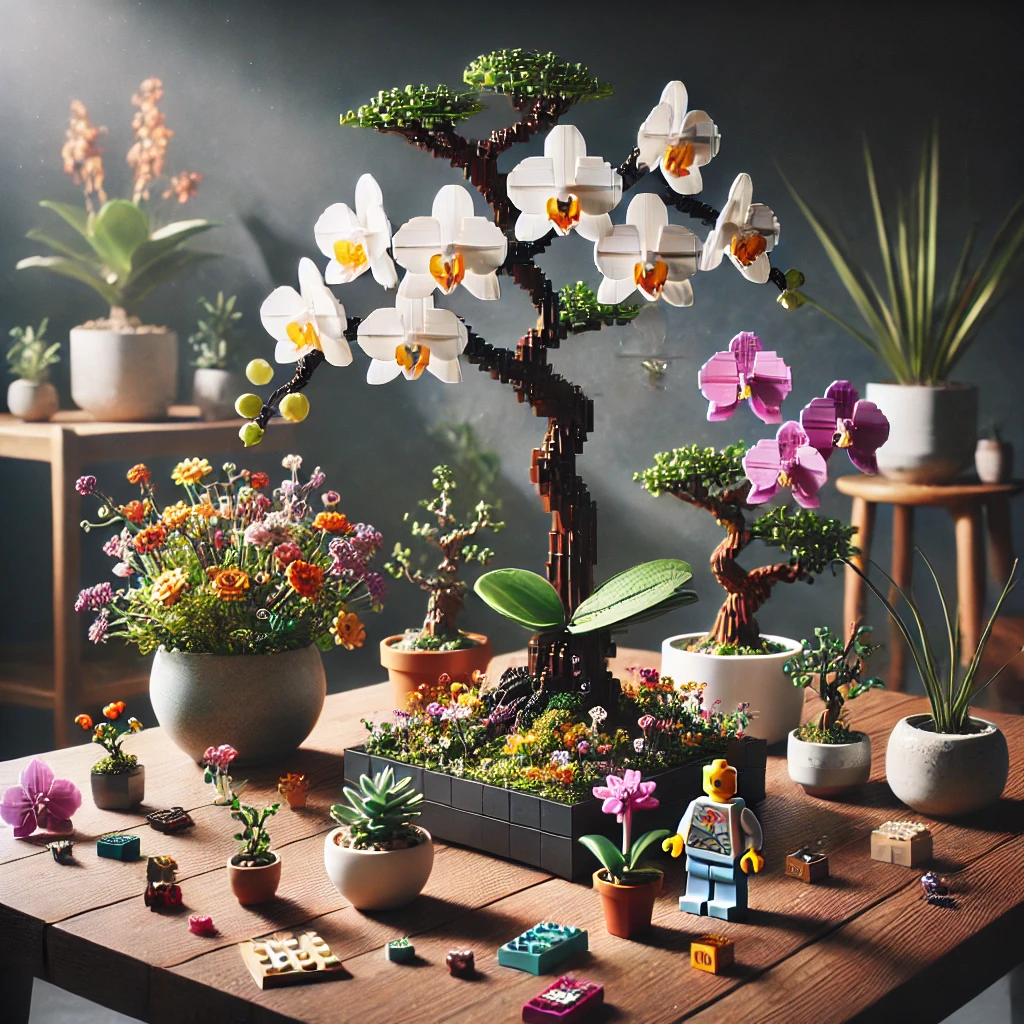Flávia P.
6 months ago
What Is: Painting Style
What Is: Painting Style?
Painting style refers to the distinctive techniques and methods employed by artists to create their works. It encompasses a variety of elements, including brushwork, color palette, composition, and subject matter. Each painting style reflects the artist’s unique vision and can be influenced by cultural, historical, and personal factors. Understanding painting styles is essential for art enthusiasts, collectors, and anyone interested in the visual arts.
Historical Context of Painting Styles
Throughout history, various painting styles have emerged, each corresponding to different artistic movements and periods. From the realism of the Renaissance to the abstract expressions of modern art, these styles often reflect the societal values and technological advancements of their time. For instance, Impressionism, which originated in the late 19th century, focused on capturing the fleeting effects of light and color, marking a significant departure from traditional techniques.
Types of Painting Styles
There are numerous painting styles, each with its own characteristics and techniques. Some of the most notable include Impressionism, Cubism, Surrealism, and Abstract Expressionism. Impressionism emphasizes the effects of light and atmosphere, while Cubism breaks subjects into geometric shapes. Surrealism explores dream-like scenes and illogical juxtapositions, and Abstract Expressionism focuses on spontaneous, automatic, or subconscious creation. Each style offers a unique perspective on the world and invites viewers to engage with art in different ways.
Elements of Painting Style
The elements that define a painting style include line, shape, color, texture, and space. Artists manipulate these elements to convey emotions, tell stories, or provoke thought. For example, the use of bold colors and dynamic lines in Expressionism can evoke strong feelings, while the subtle gradations of color in a Realist painting might create a sense of calm and order. Understanding these elements helps viewers appreciate the complexity and depth of various painting styles.
Influence of Culture on Painting Styles
Cultural context plays a significant role in shaping painting styles. Artists often draw inspiration from their surroundings, traditions, and societal issues. For instance, the vibrant colors and patterns of African art have influenced many contemporary artists, leading to the development of styles that celebrate cultural heritage. Similarly, Eastern philosophies and aesthetics have impacted Western art movements, creating a rich tapestry of styles that reflect global influences.
Modern Painting Styles
In contemporary art, painting styles continue to evolve, often blending traditional techniques with modern concepts. Styles such as Street Art and Digital Painting have emerged, challenging the boundaries of what constitutes painting. Street Art, often created in public spaces, serves as a form of social commentary, while Digital Painting utilizes technology to create stunning visual works. These modern styles reflect the changing landscape of art and the influence of technology on creative expression.
How to Identify Painting Styles
Identifying a painting style involves examining various aspects of the artwork, including technique, subject matter, and emotional tone. Art historians and enthusiasts often look for specific characteristics that define a style, such as the use of color, brushwork, and composition. Familiarity with different styles can enhance one’s appreciation of art and provide deeper insights into the artist’s intentions and the cultural context of the work.
The Role of Painting Styles in Art Education
Painting styles are a fundamental component of art education, providing students with the tools to analyze and critique artworks. By studying various styles, students learn to recognize the historical and cultural significance of different movements. This knowledge not only enriches their understanding of art but also fosters creativity and innovation in their own artistic practices. Educators often encourage students to experiment with different styles to develop their unique voice.
The Future of Painting Styles
The future of painting styles is likely to be shaped by ongoing technological advancements and cultural shifts. As artists continue to explore new mediums and methods, we can expect to see the emergence of hybrid styles that blend traditional techniques with contemporary themes. The democratization of art through digital platforms also allows for greater experimentation and collaboration, paving the way for innovative styles that reflect the diverse voices of our time.





